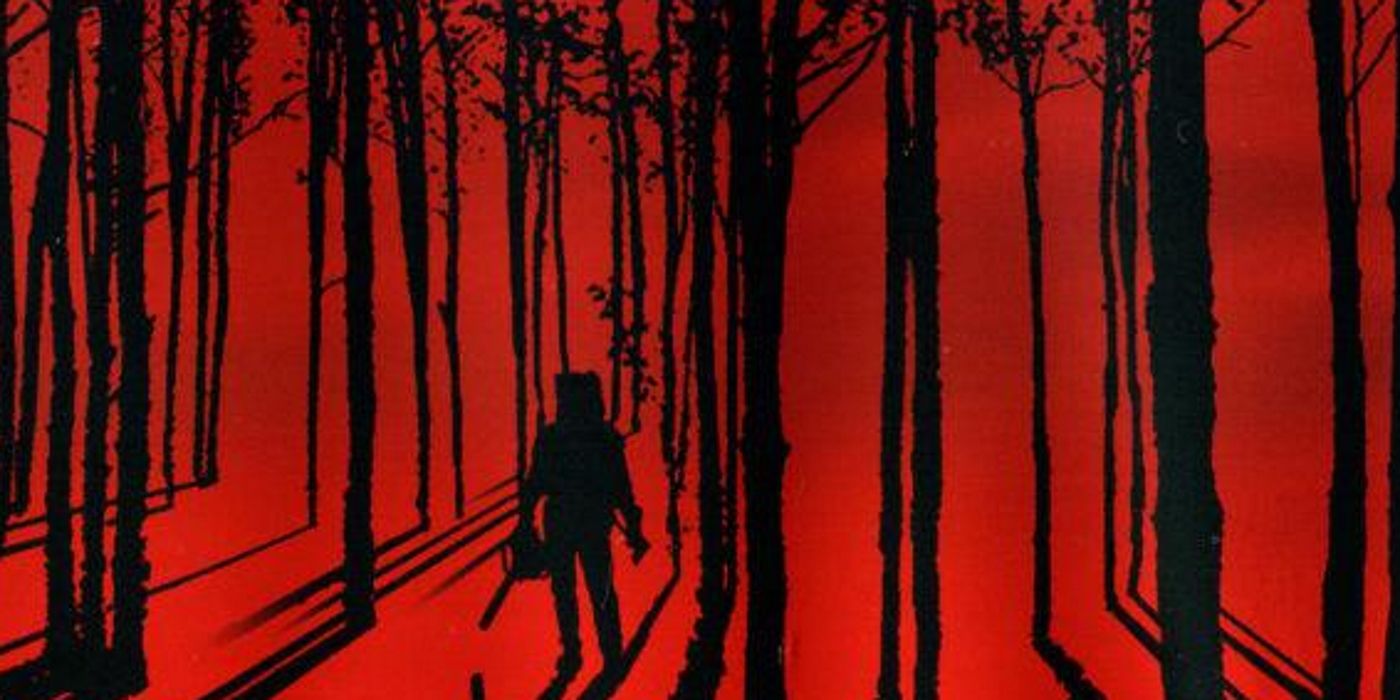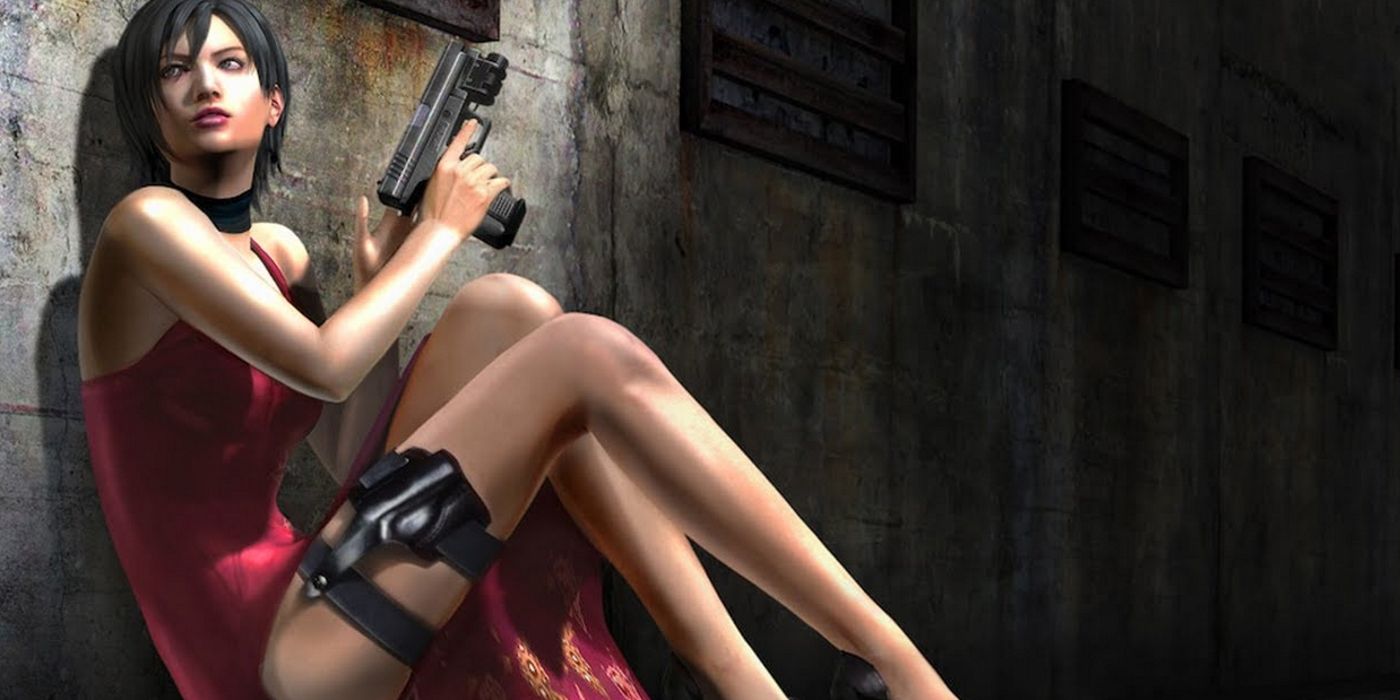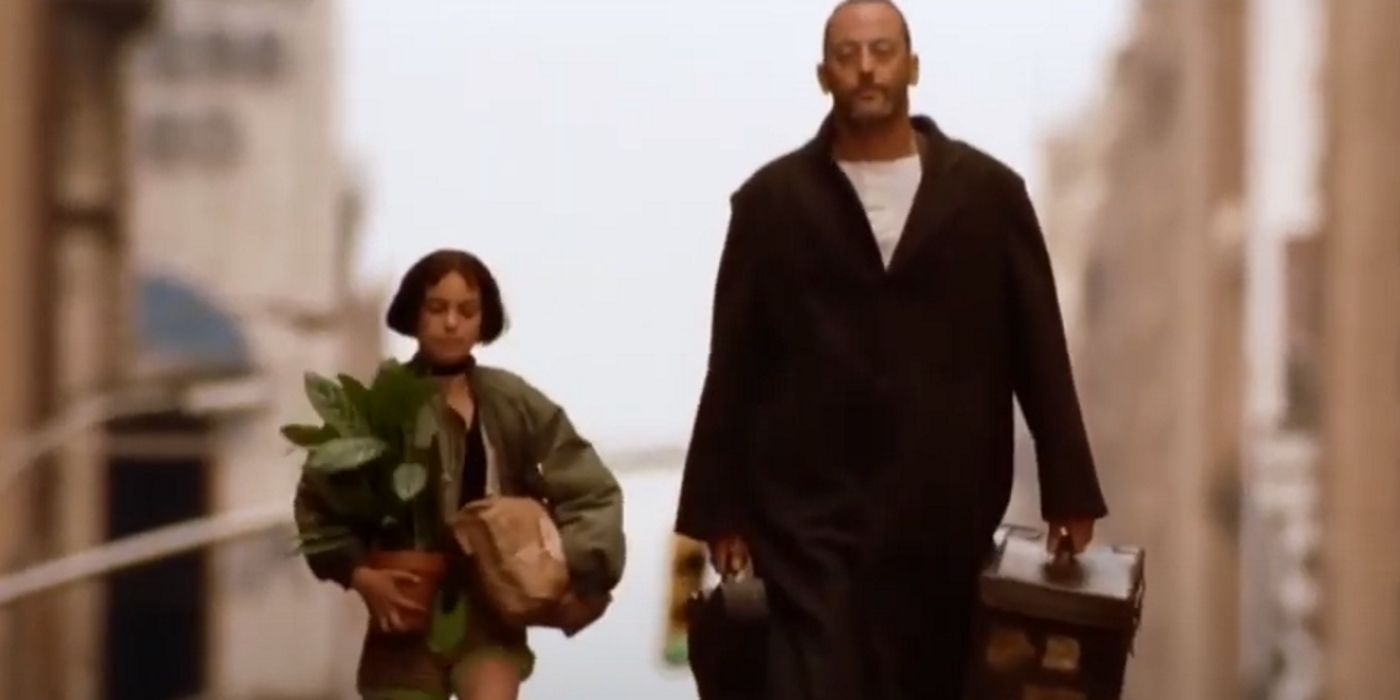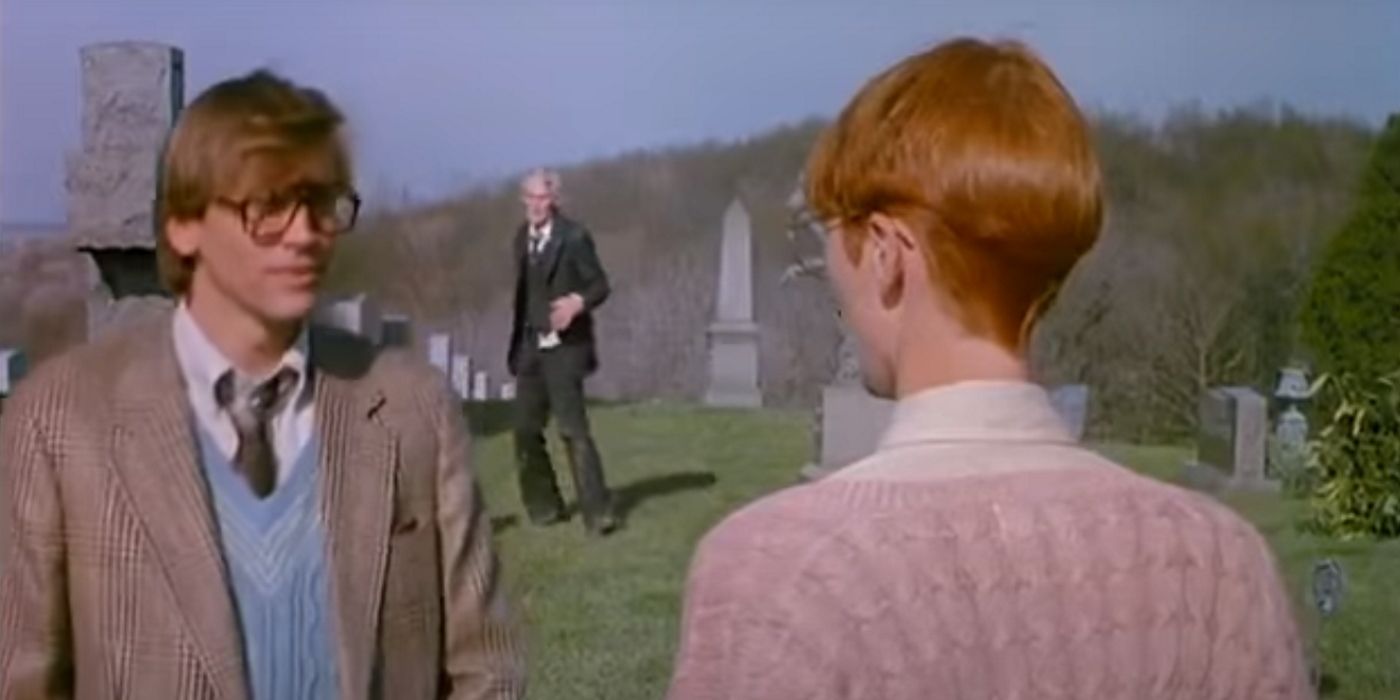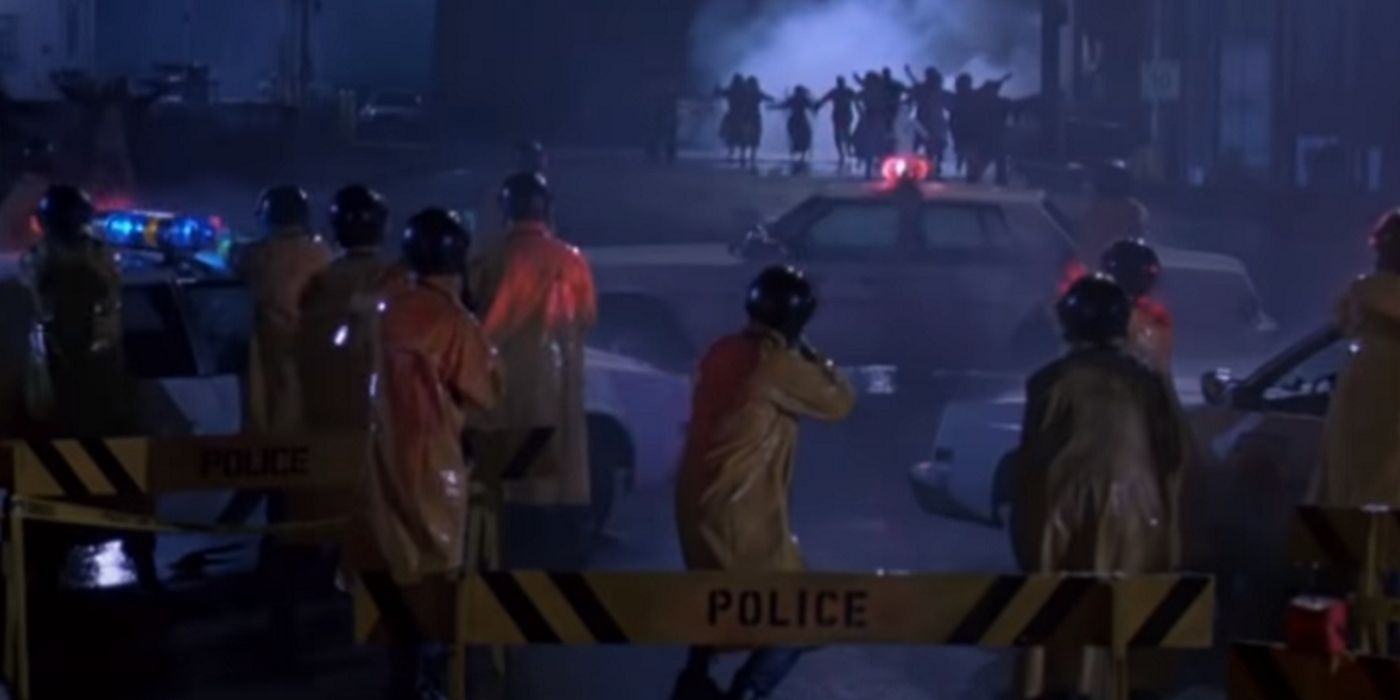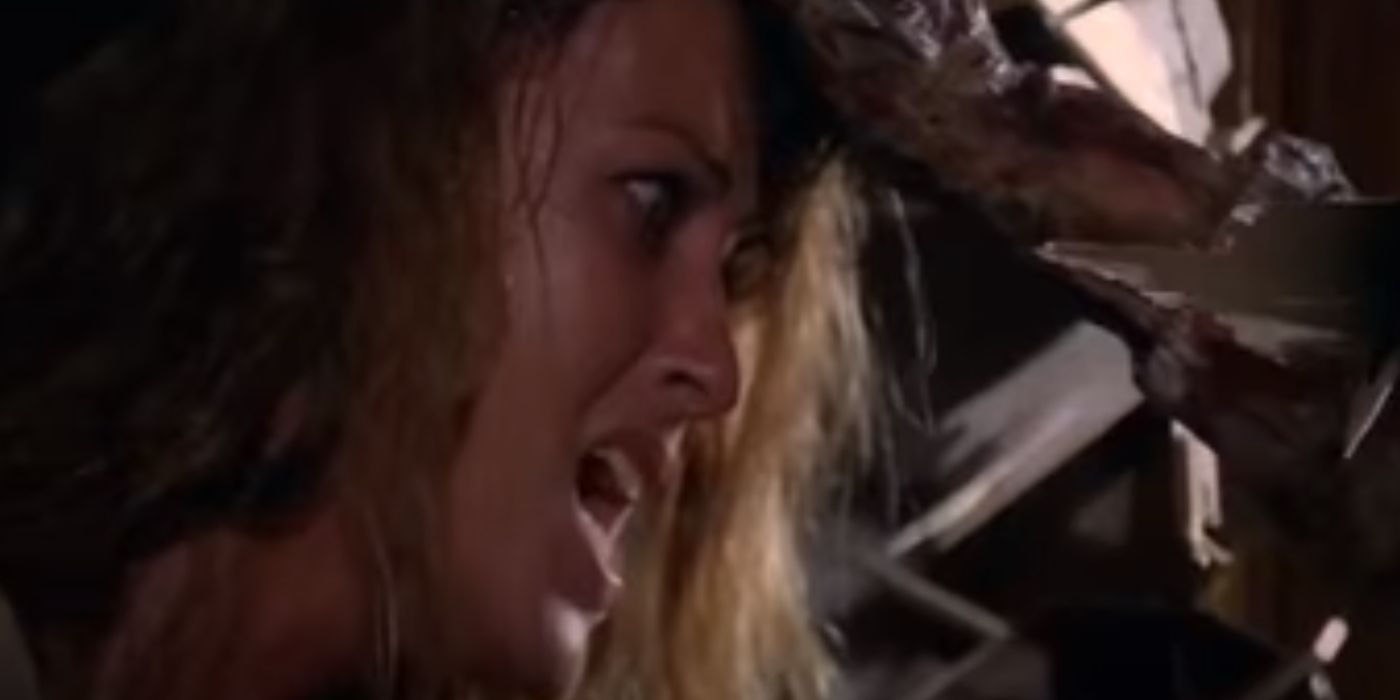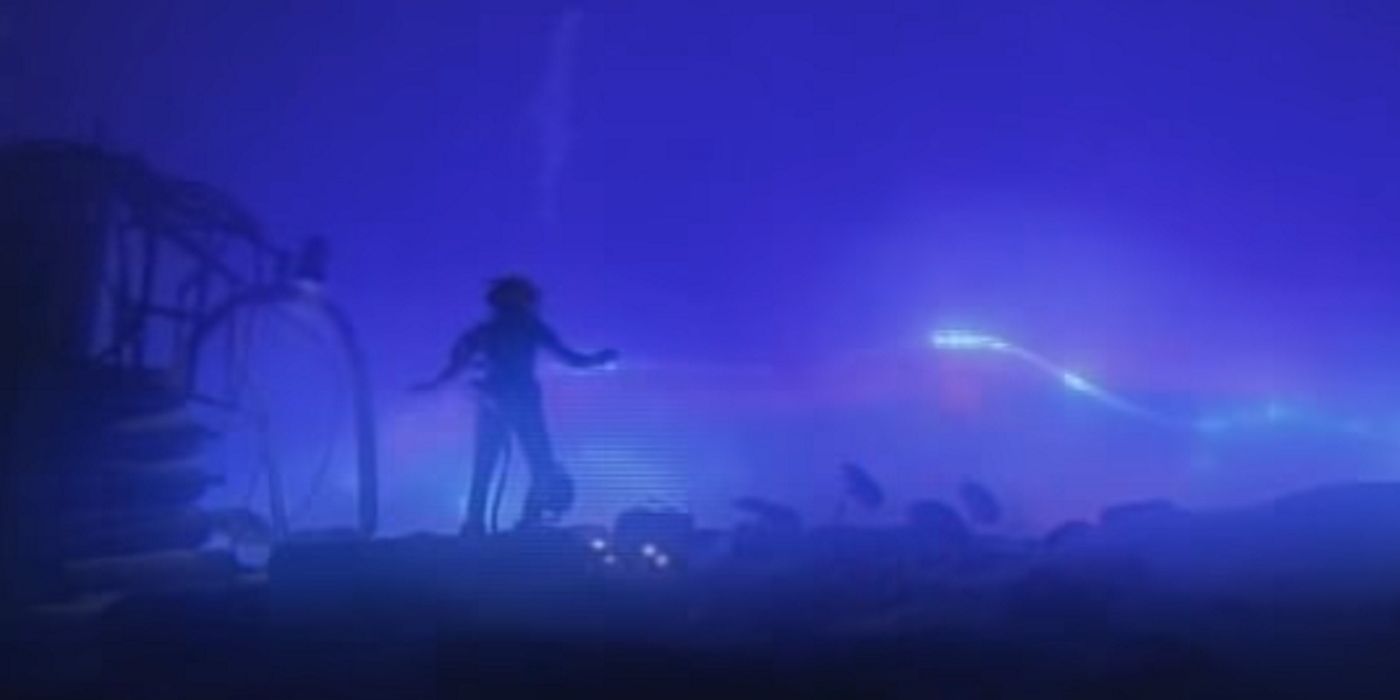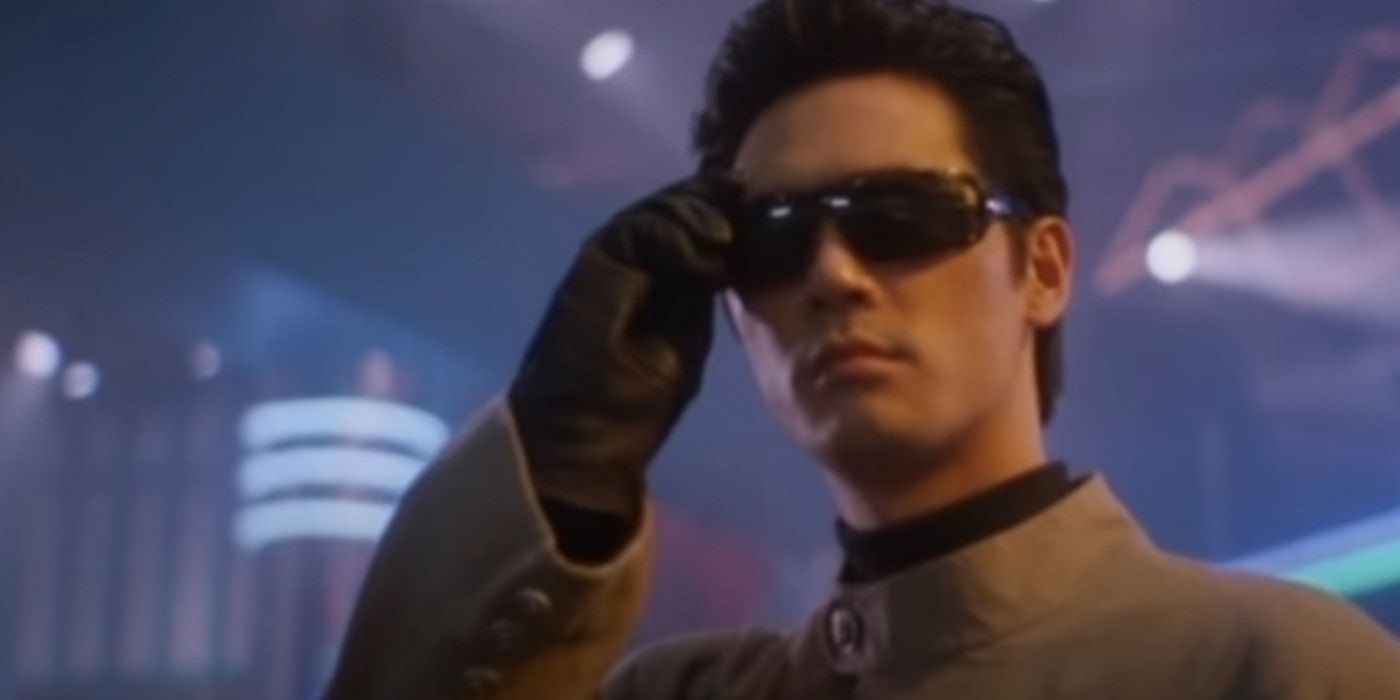The Resident Evil team at Capcom has seen a lot of creators come and go over the series' 24-year history, but one consistent thread throughout its run is that most of the series' developers have always been massive film geeks. Many of the individual games in the Resident Evil series are a hodgepodge of homages, thefts, swipes, and nods to American and European action, horror, and science fiction movies, particularly from the 1990s, which is likely to become and remain hilarious now that Resident Evil is warming up for a Netflix show and a second live-action film franchise.
Sometimes, it's subtle. For example, Leon's starting handgun in both the 1998 and 2019 versions of Resident Evil 2 is a Heckler & Koch VP70M, a rare firearm that's notorious for being hard to use. Its one real claim to fame is that it looks sort of futuristic, so James Cameron opted to use the VP70M as the standard sidearm for Colonial Marines in Aliens. The real-life VP70M has a trigger pull comparable to a staple gun and was already nine years out of production by the time in which RE2 is set. No one in their right mind would ever just have one on them as an everyday-carry weapon, as Leon does in RE2, unless it was a deep-cover film reference.
Sometimes, it's not subtle at all. In Resident Evil 4, Ada Wong's pose on the title screen of her side scenario Separate Ways mimics that of Anna Parillaud on the American poster for 1990's La Femme Nikita, an early film by French writer/director Luc Besson. Ada herself is a full-body reference to Nikita and other enigmatic female secret agents throughout film, but the Separate Ways title screen makes it blatant. At least, it was blatant to anyone who'd seen this one specific French movie that was 15 years old at the time the version of RE4 with Separate Ways came out. So a dozen people, easily.
At this point in the Resident Evil franchise's history, there are many fans of the series who are significantly younger than many of the films that inspired it. To get up to speed with the pop-culture diet that produces a series like Resident Evil, scour the back alleys of video-on-demand for these films, which represent some of the highlights of RE's history of cinematic theft.
The Professional (1994)
For a director/writer who's never made a horror movie, unless one is feeling truly unkind towards Taken 3, Luc Besson's contributed a lot to Resident Evil's creative DNA. Leon, throughout his appearances in the series, is typically equipped with a handgun called the "Matilda," although the make and model of the gun sometimes differs between games. This mimics the names of Jean Reno and Natalie Portman's characters from Besson's 1994 film The Professional, which also lends its name to the hardest difficulty settings in Resident Evil 4 and 5.
Nowadays, the movie is perhaps best-known for being Portman's film debut, as well as Gary Oldman's gloriously hammy performance as corrupt DEA agent Norman Stansfield. It's vaguely disquieting to think that a lot of younger viewers today would first recognize Oldman's Stansfield from "that meme where he screams 'EVERYONE,'" but that's how it goes on this mess of an Earth.
Between La Femme Nikita, The Professional, and 1997's The Fifth Element, Besson's '90s work went a long way towards informing how action movies would look from that point forward. (And then he made a bunch of Taken, and then he got accused of rape, and now Besson should probably just go away forever. But in the '90s...) That, in turn, helped to inform the style-over-substance approach that defines Resident Evil 4, and thus, many of the action games that followed afterward.
Night of the Living Dead (1990)
The original 1968 Night of the Living Dead is a bit of a gimme in a conversation about Resident Evil. The typical zombie in RE, and in many other works like The Walking Dead, is the kind of classic shambler that Romero made famous: unintelligent, uncoordinated, and heavily resistant to damage that's inflicted anywhere but their heads.
Ten years later, Romero went on to further codify his take on zombies with 1978's Dawn of the Dead, which does double duty as a zombie apocalypse film and a relatively subtle consumerist parody. The latter of the two is the more important aspect of it, so naturally, it's the point that's been missed the hardest by the subsequent 40 years of zombie media. (Oddly, the original Dead Rising did pick up on that... but of course, none of its Western-made sequels did.) Both Night and Dawn did a lot to forward what's become one of the biggest go-to features of the genre, though, that in a tight spot, the zombies aren't as threatening as the survivors are towards one another.
Tom Savini remade Romero's original 1968 Night of the Living Dead in 1990, with Tony Todd (Candyman, The Rock) playing the role of its tragic hero Ben. Naturally, since Savini is a famous special-effects wizard who was working with a budget roughly 2,000% of what Romero's was, his version is in color with vastly superior makeup and gore. The script also dramatically updates the role of Barbara, who spends most of the original film catatonic from shock, but is one of the smartest characters in the remake. (She's also played by Patricia Tallman, who sci-fi fans will know from her subsequent roles in Babylon 5 and Star Trek: The Next Generation.)
An argument can be made for either version of Night of the Living Dead being superior. Savini's can't help but look better, and Barbara's competence upgrade counts for a lot, but Romero's is one of the biggest success stories in low-budget horror and has aged remarkably well. (Its ending, while a huge downer, has only become more relevant in 2020.) The 1990 remake is unquestionably a bigger influence on Resident Evil, though, between Barbara's expanded role, the zombies' design, and even the basic premise of zombies surrounding and breaking into an isolated countryside manor. There's even a big deer head trophy in the Spencer mansion in the first Resident Evil that's identical to one that's on the wall of the house in the 1990 Night remake.
Return of the Living Dead (1985, 1988, 1993)
John Russo co-wrote the script for the original 1968 Night of the Living Dead with George Romero. Afterwards, the two filmmakers parted ways, but Russo ended up with the trademark on "Living Dead," forcing Romero to make the rest of his zombie films as "of the Dead."
Russo immediately jumped into horror's more gonzo side, as opposed to Romero's borderline-respectable career, and was involved with making multiple cheap slasher and exploitation films across the '80s and '90s. Primarily, Russo is known as a screenwriter, but has a handful of directorial, production, and other credits to his name. When Russo went back to the zombie well with 1985's Return of the Living Dead, on which he has a "story by" credit, the result was a splatterpunk horror comedy. It's perhaps best-known now for codifying the belief in popular culture that zombies are specifically hungry for brains, as well as the famous "send more paramedics" scene, which would be horrifying if it wasn't in such a silly movie.
(It's interesting to see how the two series have ended up defining the video game zombie between them. Romero's are cannon fodder, too slow and dumb to be a real threat unless they're numerous enough to overrun a position; Russo's are intelligent, fast, insane with hunger, and practically indestructible. Romero made trash mobs; Russo made stage bosses.)
There are a lot of Living Dead movies out there at this point, and Russo isn't involved at all with many of them. There have been a lot of unofficial sequels, prequels, parodies, and side stories over the years, many of which are only vaguely connected to the original films; at best, they usually all give the zombies the same origin story, of cadavers reanimated by a gas created by the American military. Most of the Living Dead movies aren't worth watching, even on a designated bad movie night, but the original three have held up well enough.
There are a lot of incidental shout-outs to the first three Return of the Living Dead films in the Resident Evil series, particularly in the original PlayStation games. For example, the cutscenes that begin and end 1998's Resident Evil 3: Nemesis, which show the Raccoon City police's doomed final battle against the zombies and the missile strike that destroys the city, both resemble similar sequences in the first Return of the Living Dead.
The most blatant homage and/or theft, though, is in 2000's Resident Evil: Code Veronica. There's a famous sequence early in that game, where Claire watches as a monster beats a scientist to death against an observation window, that's a close recreation of a similar sequence in 1993's Return of the Living Dead 3. The monster in question, a big one-armed melting-wax creature that the game's developers called a Bandersnatch, is designed to resemble the weaponized super-zombies in Living Dead III.
Zombi 2 (1979)
The late Lucio Fulci was an Italian director and screenwriter with over 60 films to his credit between 1948 and 1997. While he wasn't exclusively a horror director, he's famous among genre fans for graphically violent movies like City of the Living Dead and The Beyond. The latter film was re-released to theaters by Quentin Tarantino in 1998, because of course Tarantino is a Fulci fan. Tarantino probably has a half-dozen filmmakers locked in his basement specifically so they remain obscure enough that he can still like their movies.
Most relevantly for this article, Fulci directed Zombi 2 in 1979, which has confused American audiences ever since, because there isn't actually a first Zombi. More accurately, that was the Italian title for Romero's 1978 Dawn of the Dead. A different screenplay was adapted for Zombi 2, and its European marketing campaign advertised it as an unofficial sequel to Romero's Dawn. It's the kind of all-star move that exploitation filmmakers could only do in the '70s. Today, even hinting that was the plan would get half a metric ton of lawyers air-dropped directly on some indie director's face.
Zombi 2 and its sequels were box-office successes, became famous/notorious in the international market, were among the biggest hits Fulci had in his lifetime, and achieved the weird badge of honor of being listed as "video nasties" in the United Kingdom. Zombi 2 is particularly well-known among horror fans for two scenes: painfully slow stake-through-the-eye kill, where an unfortunate woman gets impaled through the head, and the zombie-vs.-shark fight. (It wouldn't be a surprise to learn that Zombi 2 is the entire reason why there's a shark fight in the original Resident Evil.) There's a grimy backwoods energy to the Zombi films—a "whole mood," as today's youths sometimes say—that has influenced horror games in particular ever since.
Specifically, much of Resident Evil 4, with its initial rural setting, gory head explosions, and half-dead homicidal villages, owes a lot to Fulci's gory effects and cinematography. The beginning of the game marks a sudden shift away from its Romero-inspired roots, where the gore was sparse but massive once it finally appeared, to a more generally grimy, bloodsoaked giallo feel.
Later, in 2017's Resident Evil 7, Capcom took advantage of what was then current-generation technology to reproduce Fulci-style set design and cinematography in full HD, resulting in the pure gross-outs of the Baker family's mystery meal and the unspecified atrocities in their house's abandoned kitchen. Many fans give a lot of credit to the Saw franchise for RE7, particularly the late-game gauntlets where the player has to navigate Lucas Baker's DIY deathtraps, but the first hours of RE7 are pure Fulci video nasty, wet and sick and gross and rotting from within. It's a game that the player can almost smell.
The Abyss (1989)
The Resident Evil series stopped being quite so overtly film-crazy after its original creator, Shinji Mikami, left Capcom in 2005. While the developers have still admitted to a few of their inspirations, such as how the opening sequence in Resident Evil 5 owes a lot to the 2001 war movie Black Hawk Down, it's not done quite so blatantly as it was in the first 8 years of Resident Evil's run.
On the other hand, there's 2012's Resident Evil: Revelations. Most of the game is spent as Jill Valentine, fighting undersea-themed not-zombies aboard a series of derelict cruise ships. While many of the monsters draw their visual design from creepy deepwater fish or Japanese mythology (Rachael Foley looks really stupid until she gets infected and reappears as a monster, at which point she's a dead ringer for a yurei), the most common enemies of Revelations owe a great deal to James Cameron's nearly-forgotten 1989 The Abyss.
It's strange that no one seems to talk about The Abyss anymore, given Cameron's fame (and some of his more questionable decisions), but it may simply be overshadowed by his later successes like Titanic and Avatar. It was also only a modest success at the box office, with a cast of not-quite-famous workhorse actors like Ed Harris and Mary Elizabeth Mastrantonio, but it was in very heavy rotation on cable TV in the '90s.
The Abyss, which was a special-effects bonanza at the time of its release, follows an American marine research team as it races to salvage a destroyed submarine from the ocean floor before a hurricane makes the operation impossible. They subsequently discover what wrecked the submarine in the first place: first contact with an unspecified, unidentified intelligent species. Admittedly, Revelations' take on the concept is a far departure from the gentle "NTIs" in The Abyss, but the visual inspiration's clear. The NTIs do look creepy for much of The Abyss, drawing on the peculiar and fascinating ways that deep-sea life has adapted to an alien environment, and Revelations follows that thread all the way into full-blown body horror.
Drive (1997)
This is being included on the basis of one very funny thing about it. Drive, not to be confused with the 2011 action drama with Ryan Gosling, is a direct-to-video action movie that stars the underrated martial-arts star Mark Dacascos (John Wick: Chapter 3). Dacascos has been putting in the work since 1990, with movies like the 1993 capioera film Only the Strong, but has never quite blown up the way that he should've. If Steven Seagal can get famous for blubber-slapping a bunch of mob thugs to death, Dacascos should've had his own film franchise by now.
Drive presumably owes a lot to the late-'90s cyberpunk wave that also inspired films like Johnny Mnemonic and Strange Days. It's a cyborg-vs.-cyborg action movie set against the backdrop of Hong Kong's 1997 reversion to Chinese control. (Yes, Hong Kong had combat cyborgs in 1997. Everyone knows that.) Toby Wong (Dacascos) flees to the United States from Hong Kong, looking to sell off the secrets of the Chinese device installed in his chest that makes him a superhuman killing machine, and ends up having to kick a bunch of mercenaries.
It's not a great movie, but it ends in a showdown between Wong and another fighter, who's been equipped with a superior version of the same device. Their climactic fight begins with the "Advanced Model" throwing a pair of sunglasses at Wong's face as a distraction. Wong catches them, only to find that in the same period of time, the Advanced Model has crossed the room to punch his lights out.
For such an obscure film, the "sunglasses throw" has had an outsized impact on video games. It's also the inspiration for one of K's supers in the King of Fighters series. More importantly, the Drive sunglasses throw is directly homaged in 2008's Resident Evil 5, near its end, in the hangar fight between Wesker, Chris, and Sheva. (Rewatching Drive, it's hard not to think that much of the Advanced Model's fight choreography is the original inspiration for Wesker's series-long obsession with his sunglasses.)
The same fight is one of the relative handful of moments from the video game franchise that was adapted directly into the Resident Evil film franchise. When Wesker (Shawn Roberts) fights Chris and Claire (Wentworth Miller and Ali Larter) in 2010's Resident Evil: Afterlife, he opens the exchange by throwing his sunglasses at Chris. As in Drive, it's a distraction for Wesker's super-speed dash into melee range. It's a homage to a homage, a third-generation copy of a stunt that was already kinda dorky from the jump, which accidentally makes it one of the funniest things about both the live-action franchise and Afterlife in specific.

